Wileyfox Swift 2 series review: Affordability upgraded
Not as much of a bargain as the first Swift, but you get a lot for your money all the same.

British smartphone brand Wileyfox came onto the scene in 2015, kicking things off with two distinct devices. Of these, the Swift turned out to be one of the best affordable handsets you could buy -- quite the achievement for a new, unknown company. Since then, though, Wileyfox hasn't done anything particularly exciting, but now it's back with a follow-up, or three. The recently launched Swift 2, Swift 2 Plus and Swift 2 X are all slight variations of the same core device, offering a few different options while sticking to the affordable end of the smartphone spectrum, where the original Swift excelled.
Hardware

While the Swift was an all-plastic affair, Wileyfox's new family of smartphones are encased entirely in aluminium. Indeed, this change is easily one of the headline upgrades. When I reviewed the original Swift, I thought it slightly generic but charming all the same. I have similar feelings about the Swift 2, 2 Plus and 2 X, since there's nothing notably fresh about their design. And yet, they look and feel like a completely different class of device compared with their predecessor.
This is down primarily to the use of more premium building materials, of course, like the contrast between an Ikea coffee table and a hardwood antique. The move to aluminium brings some side effects with it too. The Swift 2 and Swift 2 Plus are basically the same size as the first Swift but roughly 20g heavier and appreciably more robust -- not surprising given the upgrade from plastic to metal. There's no more pulling off the flimsy back plate to get at the necessary slots either. Instead, you plug your SIM (or two) and microSD card into drawers tucked neatly into the sides of each handset. This does mean, though, that the batteries are non-removable.
I enjoyed the subtle, quirky design touches Wileyfox included on the first Swift: The circular earpiece, for example, and orange accents here and there. Some of this character has been lost between the generations, making the three new phones a tad blander. The round earpiece has been faithfully preserved, though, and it makes sense that Wileyfox would gravitate toward a more serious design. The company's fox-face logo is now a simple mirrored-effect badge, as opposed to the textured, busier icon on the first Swift, and the main camera border is less prominent this time around.
The minimalist approach to branding complements the aluminium build, with its finely textured power key and volume rocker, neat loudspeaker grilles and Torx screws. The quieter design also frees up space for the new fingerprint sensor found on the back of each handset -- as responsive as any I've tried and a welcome feature you might not expect in this price bracket.

My review units are all what Wileyfox calls "Midnight," which is something like a deep gunmetal grey with a hint of blue mixed in. If you'd prefer something a bit more adventurous, gold, pink and mint green tints are also available, depending on the variant.
The Swift 2 series feature USB-C ports for data transfer and fast charging (Qualcomm Quick Charge 3.0, to be precise), but, importantly, they don't oust the standard 3.5mm headphone jack. The only other visible element of note is the multi-colour notification LED on the top bezel of each handset -- a useful little light I miss when I'm carrying a phone without one.
The Swift 2 and 2 Plus are both 5-inch devices, which means they're verging on small by today's standards. That kind of size perhaps isn't great for enjoying a full-length film, but the compact frame makes them very comfortable in the hand. That's partly due to the lack of sharp corners, with the flat back curving smoothly round to meet the sides at a neatly chamfered edge. The same can be said for the 5.2-inch Swift 2 X, which is identical, save for being a fraction bigger and thinner -- almost imperceptibly so -- due to its larger screen.
If there's one downside to the new Swift design language, it's that Wileyfox's engineering tolerances are just a tad lax. The circular earpieces, for example, are all ever-so-slightly off-centre. Similarly, the two seams cutting across the aluminium bodies could be tighter and more consistent in places. You have to examine the devices pretty closely to notice these little hiccups, though, and I'd rather they exist than Wileyfox avoid the material upgrade because of them. The metal cladding really elevates this generation above the last, and it's something you won't find on many devices starting at £159.
Swift | Swift 2 | Swift 2 Plus | Swift 2 X | |
|---|---|---|---|---|
Dimensions | 141.2 x 71 x 9.4mm | 143.7 x 71.9 x 8.6mm | 143.7 x 71.9 x 8.6mm | 143 x 73 x 8.2mm |
Weight | 135g | 155g | 155g | 152.8g |
Display | 5" IPS LCD (720p) | 5" IPS LCD (720p) | 5" IPS LCD (720p) | 5.2" IPS LCD (1080p) |
Glass | Gorilla Glass 3 | Gorilla Glass 3 | Gorilla Glass 3 | Gorilla Glass 3 |
Processor | 1.2GHz quad-core | 1.4GHz octa-core | 1.4GHz octa-core | 1.4GHz octa-core |
RAM | 2GB | 2GB | 3GB | 3GB |
Storage | 16GB (expandable) | 16GB (expandable) | 32GB (expandable) | 32GB (expandable) |
Primary camera | 13MP | 13MP | 16MP | 16MP |
Secondary camera | 5MP | 8MP | 8MP | 8MP |
Battery | 2,500mAh (removable) | 2,700mAh | 2,700mAh | 3,010mAh |
OS | Cyanogen OS 13.1 | Cyanogen OS 13.1 | Cyanogen OS 13.1 | Cyanogen OS 13.1 |
Cellular | Cat 4 LTE | Cat 4 LTE | Cat 4 LTE | Cat 4 LTE |
WiFi | 802.11b/g/n | 802.11b/g/n | 802.11b/g/n | 802.11b/g/n |
Bluetooth | 4.0 | 4.1 | 4.1 | 4.1 |
NFC | No | Yes | Yes | Yes |
Fingerprint reader | No | Yes | Yes | Yes |
Display
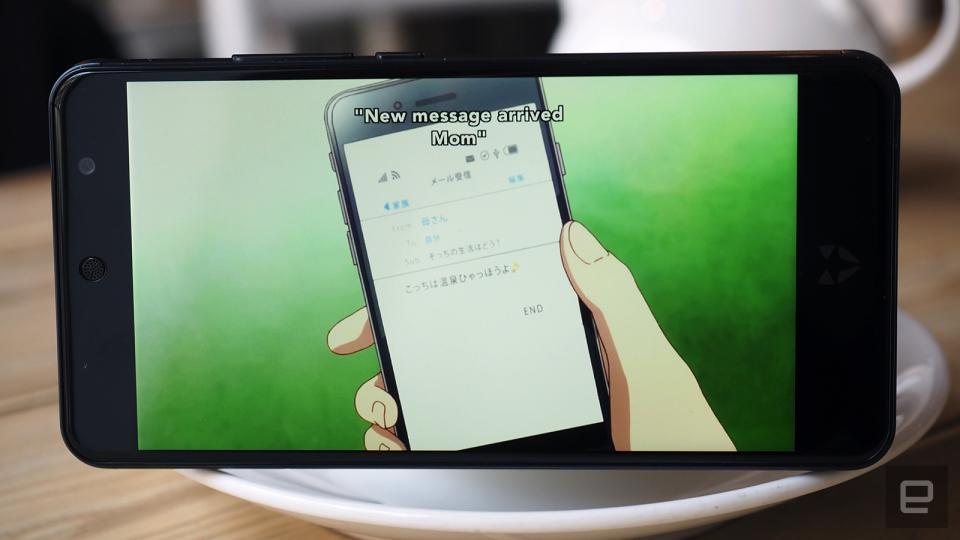
Both the Swift 2 and the Swift 2 Plus carry 5-inch, 720p IPS LCD displays, representing no upgrade (on paper) over the first Swift. On the one hand, 720p is a perfectly acceptable resolution for this size of display, and more pixels would have a negligible impact on your enjoyment of YouTube clips and Twitch streams. Also, it's an understandable compromise that helped the company hit that sub-£200 price point. On the other hand, though, Motorola's first affordable Moto G device launched with a 4.5-inch 720p screen in 2013, and I'd expect to see some progression in this area, just as flagships have made the jump from 1080p to Quad HD over the past few years.
That said, the Swift 2 and 2 Plus do appear to have marginally better panels than their predecessor. They're just that little bit more vibrant, though I have noticed a slight inconsistency between the new handsets. On my review units, at least, the Swift 2's display is a hair richer than the Plus' where colours are concerned, even though the hardware is supposed to be identical.
This is compounded by the fact the screens on all the devices, the Swift 2 X included, have slightly different colour temperatures. Observed in isolation, the white balance on each is accurate. Only when put side by side can you see the variations, which are minor enough that I couldn't tell you what tinge is creeping in (red, blue, yellow, etc.). You can always manually adjust colour temperature using the LiveDisplay feature buried in device settings, which also allows you to set different day and night profiles -- say, if you want less blue light (the kind that can mess with sleepiness) in the evening. Blacks are deep on all Swift 2 models -- as deep as you'll see on any backlit LCD panel, anyway.
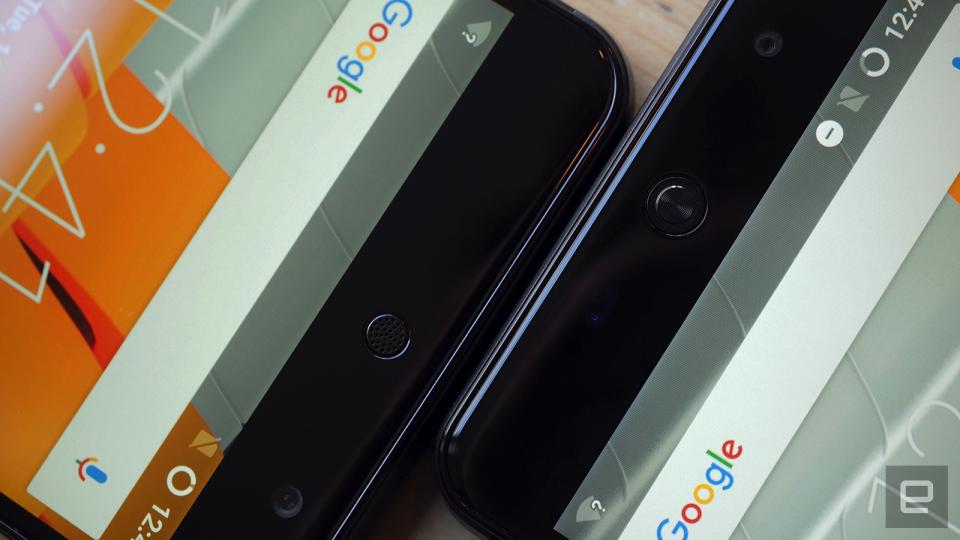
The Swift 2 X distinguishes itself from other members of the family, as it's the only one with a 1080p panel, though this resolution is stretched over a slightly larger 5.2-inch display. I'd be lying if I said you couldn't tell the difference between 720p and 1080p at this size, because you'll struggle to pick out individual pixels on the Swift 2 X, while on the Swift 2 and 2 Plus, you can spot them if you look closely at skinny fonts, like the app names sitting beneath their icons. Personally, I don't feel like the 1080p display of the Swift 2 X elevates the user experience, but you might feel differently if you frequently watch shows or play games on your phone.
The 1080p panel of the Swift 2 X goes that bit brighter than the 720p displays of the smaller models, eliminating more glare when you look at the phone in direct sunlight. But this is barely noticeable, and all three devices are perfectly usable on a nice, sunny day, with glare having minimal effect.
Software
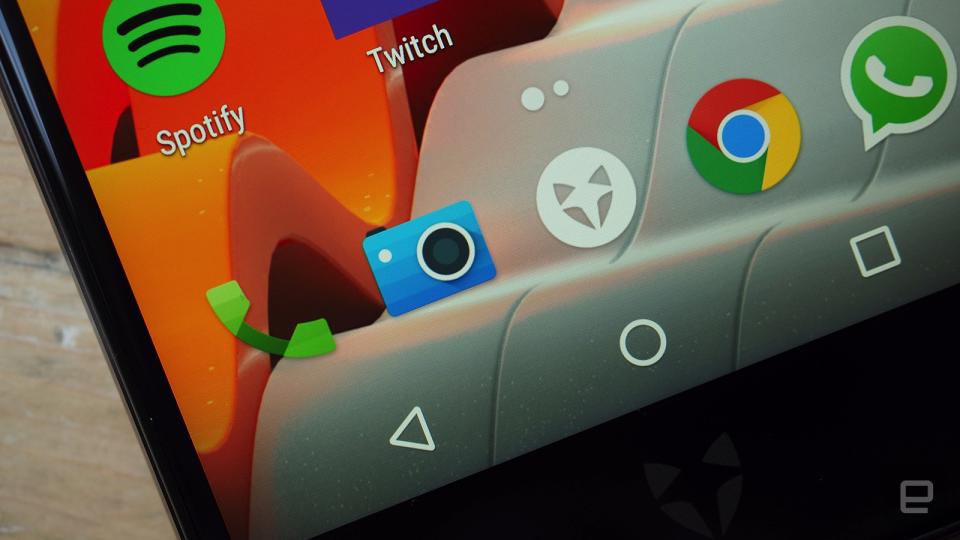
Out of the box, the Swift 2 range runs Cyanogen OS 13.1, a customised version of Android that uses 6.0.1 Marshmallow as its base. Without going into minute detail, the elevator pitch for Cyanogen OS is: It's similar to the stock experience, but enhanced with a few extra features and apps. These include small visual tweaks like the vertical, scrolling app drawer and bonus settings like LiveDisplay for adjusting screen colour temperature. If security is important to you, the PIN scramble feature randomises the number layout on the lock screen and access to individual apps can be managed by creating pattern-protected folders on the home screen.
Cyanogen OS carries a few additional preloaded apps, such as "Themes," which allows you to change almost every aspect of the UI, from fonts to icons to the appearance of the navigation bar and boot animation. AudioFX lets you tweak sound output so you can get the most out of your headphones, manually or via various preset profiles, and Truecaller integrates a special caller ID service into the regular dialler.
Cyanogen's browser and gallery apps offer alternatives to Google Chrome and Photos, respectively. I'd call these bloatware, since they duplicate much of the functionality of Google's services, but the gallery app lets you pull images from several popular online services into one place, and some people might prefer to avoid Google's apps for legitimate reasons.
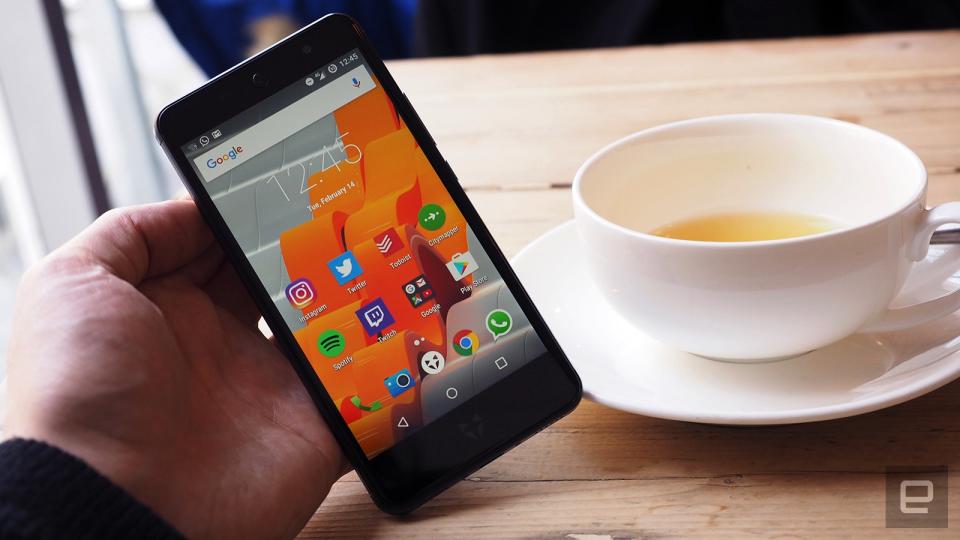
The latest version of Cyanogen OS includes what are called MODs, which are value-adding features created by others. Microsoft in particular has taken advantage of this program. Microsoft's Hyperlapse camera mode is built into the Swift 2 family, for example, and you can make Skype calls from the stock dialler, provided you have the app installed. There's also a Twitter lock-screen MOD that keeps you on top of trending topics without your needing to fully wake your phone.
This is what the Swift 2 software experience looks like at the moment, but that could all change in as soon as a week or two. You see, as of last October, Cyanogen abandoned development of its custom OS. Nevertheless, Wileyfox intends to update the Swift 2 devices to Android 7.0 Nougat before the end of this month. While the plan is to keep as many of the neat, extra features of Cyanogen OS as possible, Wileyfox has no choice but to align itself with stock Android to keep its new devices up to date.
Camera
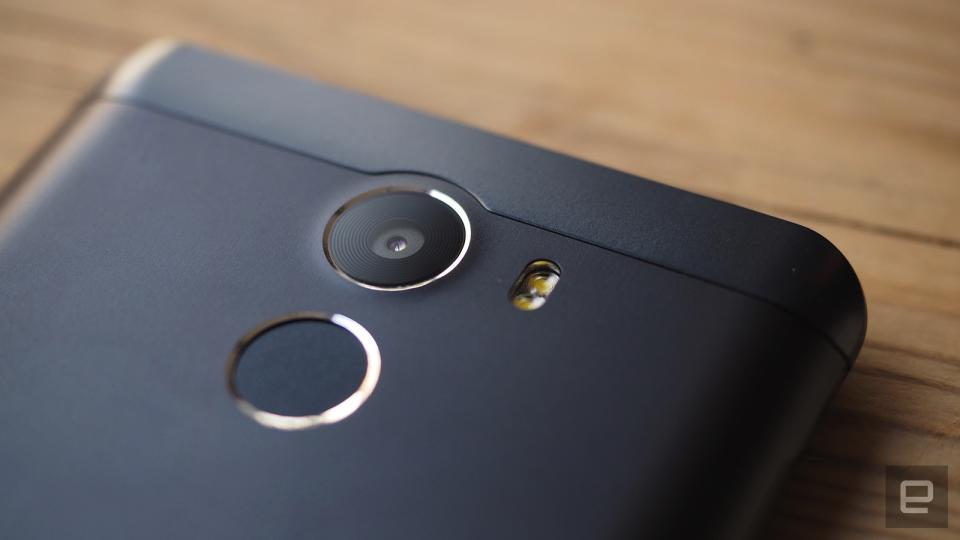
The new devices carry one of two different primary cameras. The Swift 2 carries a 13-megapixel sensor, whereas the Plus and 2 X boast 16-megapixel shooters. The first Swift also played host to a 13-megapixel main camera, but dig into the spec sheet of the Swift 2 and you'll see the model number of the Samsung sensor used this time around has changed.
When I reviewed the first Swift, I wasn't overly impressed with its primary camera. I have similar feelings about the Swift 2, though the sensor swap has improved things somewhat. The resolution might be the same, but in good conditions, the Swift 2 produces moderately more vivid, saturated images. That said, it can be inconsistent. Unlike Google's super-simple camera app, the Cyanogen OS version offers many more settings and modes. That means you can play around with all the standard values, like white balance, ISO, exposure compensation and metering, among many other things. But I prefer to leave everything on default and let the phone do all the work for me.
Unfortunately, though, it doesn't do the best job. White balance isn't particularly problematic -- the Swift 2 reacts to artificial light pretty favourably, for instance -- but auto-exposure adjustments tend to be unnecessarily severe. You're more likely to get a washed-out (overexposed) image or a dull and lifeless (underexposed) photo than an accurately saturated one. Perhaps it has something to do with the time of year here in the UK, where grey overcast day follows grey overcast day, but there feels to me to be something inherently lacking in what the Swift 2 spits out, as if it's looking at the world through a clouded eye. And the HDR mode doesn't bring a great deal of additional colour pop and contrast to photos, in case you were thinking that might solve the problem of flat images.
Low-light performance on the Swift 2 also leaves something to be desired. In fading light, grain quickly becomes apparent as the phone ups the ISO and exposure values to compensate. Shutter speed and phase detection autofocus (which are rapid in good conditions) also start to falter, increasing your chances of a blurry image unless your hands are as steady as a tripod.
Moving up to the Swift 2 Plus and 2 X doesn't just get you bigger pictures, but better ones. I needn't comment on each phone individually, since there are no perceptible differences between the output of the 16-megapixel Samsung sensor across devices. It's just an all-around superior camera. Colour saturation is improved, automatic exposure is more consistent and the HDR mode heightens contrast in pretty much the way you expect an HDR mode to (though colours can look a little glassy and fake). I still don't use the HDR setting all that often, though, since these photos take a good two seconds to process on all the Swift 2 devices. An extremely minor inconvenience, I'm aware, but it still feels like wasted time.
Low-light performance is also a bit better on the 2 Plus and 2 X. The bigger sensor is capable of picking up more light (duh), which results in less grain and less aggressive exposure compensation. While images are clearer and more saturated than those of the Swift 2, I still wouldn't say the 16-megapixel camera excels in low light by any stretch. The 2 Plus and 2 X still sport a pretty mediocre camera in the grand scheme of things, which isn't really a complaint considering their affordable price points. And if you tend to use your phone camera frequently, going with either 16-megapixel option will certainly make you a happier snapper.
Video output is more or less comparable across all the Swift 2 devices, regardless of sensor size. Clips filmed at 1080p/30 fps are clear, detailed and colourful enough, though audio is a tad muffled screen-side. None of the handsets present with overly fidgety white balance, exposure or focus, which are the kind of inconsistencies that can ruin even the clearest of videos. In low light, neither of the two sensors is particularly strong, but the Swift 2 definitely struggles with noise and maintaining focus a little more than the 2 Plus and 2 X.
All handsets share the same 8-megapixel front-facing camera, which is good enough for a selfie or video call, but colour saturation is again an issue here. Selfies are also not as detailed as I would expect from an 8-megapixel front-facer (just look at the shots you get from Google's Pixel smartphones, for example), but then, at least you can't see every pore and flaw.
All things considered, the Swift 2 family cameras are serviceable enough for devices at these price points; they just aren't particularly strong. I much prefer the 16-megapixel shooters of the 2 Plus and 2 X to the Swift 2's 13-megapixel sensor, but I could see why some people might not want to pay at least an extra £30 for a slightly more consistent experience. It's a matter of priorities, really.
Performance and battery life
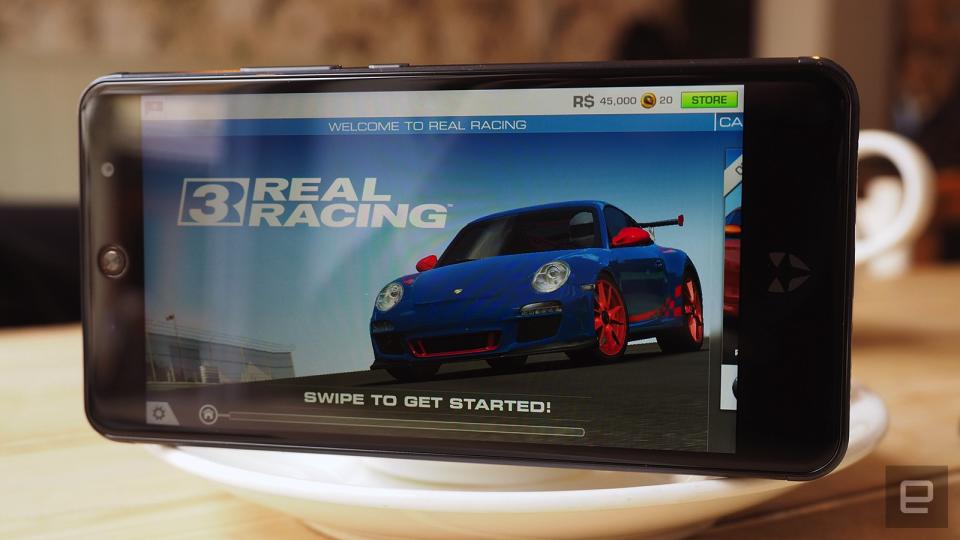
Wileyfox has kitted out all the Swift 2 handsets with the same chip: a 1.4GHz octa-core Snapdragon 430 with an Adreno 505 GPU. The regular Swift 2 pairs that with 2GB of RAM and 16 gigs of internal storage, whereas the 2 Plus and 2 X push those to 3GB and 32GB, respectively. Storage isn't much of a concern, as all the handsets accept microSD cards as large as 64GB -- though you'll have to forgo dual-SIM functionality (the tray takes either one micro-SIM and one nano-SIM, or the former plus a microSD card).
The original Swift was working with a 1.2GHz quad-core Snapdragon 410, and I had few qualms with that device. No points, then, for guessing that the Swift 2 performs even better. All right, so the user experience isn't as slick and polished as it is on, say, a Galaxy S7 Edge, but in terms of responsiveness, we're mostly talking differences in fractions of a second.
Besides, considering the Swift 2 family starts at £159, you're not being asked to compromise too much on the performance front. Sure, the devices occasionally freak out (show me a phone that doesn't), but these episodes are infrequent enough not to be frustrating. The vast majority of the time, the user experience is fast and fluid, provided you don't overwhelm the thing with too many commands at once.
The general standard of performance is reflected in how the Swift 2 handles resource-intensive games. After waiting out the 10 seconds or so of loading time, Real Racing 3, NBA Jam and Asphalt 8: Airborne all ran smoothly on the device, and I was particularly impressed with the high and stable frame rate of the latter on the maximum graphics settings. Unkilled, a relatively new first-person zombie shooter from the developer of the Shadowgun titles, started to drop frames only on the highest graphics setting (though the game did warn me that I was pushing the limits of the hardware beyond what it recommends).
There was no such deterioration on the 2 Plus and 2 X, though, which is the only time I've noticed the extra 1GB of RAM coming into play while testing the three devices. That's not to say extra RAM is unnecessary if you don't play 3D games. You're buying a buffer -- a reserve that can be tapped during heavy multitasking sessions. You're also buying time: going some way toward future-proofing your device against more demanding OS and app updates.
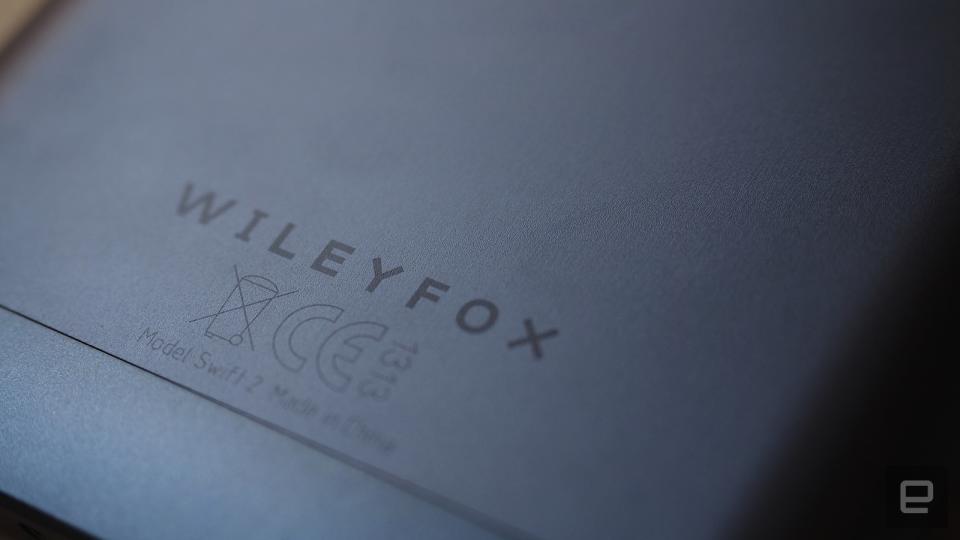
Further to the standard connectivity options, like WiFi (single-band, 802.11b/g/n) and Bluetooth 4.1, the Swift 2 range adds NFC to the mix. It's another important addition to this generation, since it opens the door to Android Pay and any other mobile wallet or payments system that might make your life easier.
The Swift 2 and 2 Plus are outfitted with a 2,700mAh battery, while the slightly larger 2 X gets 3,010mAh to work with. I've run the standard Engadget battery drain test -- looping a 720p video at 50 percent brightness -- several times on all three devices. The Swift 2 performs the best, lasting between eight hours and 25 minutes and eight hours and 40 minutes. The 2 Plus is the most consistent, staying alive for eight hours and 15 minutes or thereabouts (the shortfall gives you an idea of what toll on battery life that additional gig of RAM has). The 2 X produces the most erratic results, ranging from seven hours and 47 minutes to eight hours and 27 minutes.
I can't tell you why there's such a gulf between the best and worst counts, because the whole idea of the rundown test is to produce consistent results. All I can say is the bigger battery doesn't equal a longer lifespan when it's powering the more pixel-dense 1080p display. Scores in between the eight- and nine-hour marks aren't impressive by any stretch, but they're exactly what I'd expect at these kind of capacities.
Of the three phones, I've spent the most time carrying around the standard Swift 2, and battery life is better than the rundown tests might suggest. Don't get me wrong -- it isn't a two-day powerhouse, but it has gotten me through many a busy day and halfway through the next without begging for a wall socket. And I'm not just talking about a few emails, but calls, texts, maps, browsing, social stuff, YouTube, Spotify and a few hours of downtime in the evening.
When any of the phones do give up the ghost, Qualcomm's Quick Charge tech promises 25 percent charge in 15 minutes and 75 percent in under an hour. You only get a USB-C cable in the box, though, and I don't seem to have the right wall plug adapter (I've tried ones from Amazon, Apple and others). While the lock screens of the phones do announce that rapid charging is in effect, I typically get a slower rate from zero to hero of roughly two to two and a half hours.
The competition

You can't really argue with the price of any of Wileyfox's latest handsets. The Swift 2 is obviously the cheapest, at £159, while the 2 Plus and 2 X cost £189 and £219, respectively. Ever since the first Moto G launched in 2013, the fact you can dodge subsidised contracts and buy something outright that not only is affordable but does everything you need it to is a constant source of comfort (yeah, I'm weird like that).
There's just one problem: Wileyfox isn't the only company making smartphones for contract-averse, budget-savvy consumers. In fact, you could say Wileyfox got lucky with the first Swift, because it launched in something of a vacuum. With a launch price of £129, it undercut every comparable (or lesser) device on the market. But times have changed.
The Swift 2 range has many more competitors, and the situation may get worse when the Mobile World Congress conference kicks off later this month. Motorola's G4 range offers an alternative at every Swift 2 price point. The £130 G4 Play is specced similarly to the original Swift, while the £169 G4 is closer to the new Swift 2, albeit with a 5.5-inch 1080p display instead of a 5-inch 720p panel. At £229, the G4 Plus adds a 16-megapixel camera and a fingerprint reader.
None of these devices are notably better than their Swift 2 counterparts on paper, but they do come from a trusted brand you'd hope would keep the Android updates flowing. The two pricier handsets, though mostly plastic, can also be heavily customised through Moto Maker.
Leaks point to Motorola updating its G line in the near future. The G5 is thought to have the same Snapdragon 430 chip as the Swift 2 family, as well as a 5-inch, full HD display. The G5 Plus is rumoured to carry a beefier Snapdragon 625 and a 5.2-inch, full HD screen. These could end up being much more serious threats to Wileyfox's smartphones than Motorola's G4 trio, but that will depend primarily on pricing.

The new £225 Honor 6X is also a candidate at the top end of the price bracket. Powered by Huawei's octa-core Kirin 655 chip, the device boasts a 5.5-inch, 1080p display and dual rear cameras for playing around with focus and background blur. Alternatively, you can pick up an HTC One A9s for the same price, or a Huawei P9 Lite for roughly a tenner less, which is getting on a bit but still offers good specs for the price.
Then there's the LG Stylus 2 and HTC Desire 650 and LG X Cam and Blu Vivo 6 (et cetera), all of which can be bought for under £200. In short, there are plenty of options in the £150–£200 range, and there will likely be a few more incoming once Mobile World Congress has been and gone. Wileyfox's trio of devices are still competitive, mind, but that doesn't mean you won't find something that's more your style, or more focused on one feature that's important to you (like the camera), if you shop around online.
Wrap-up
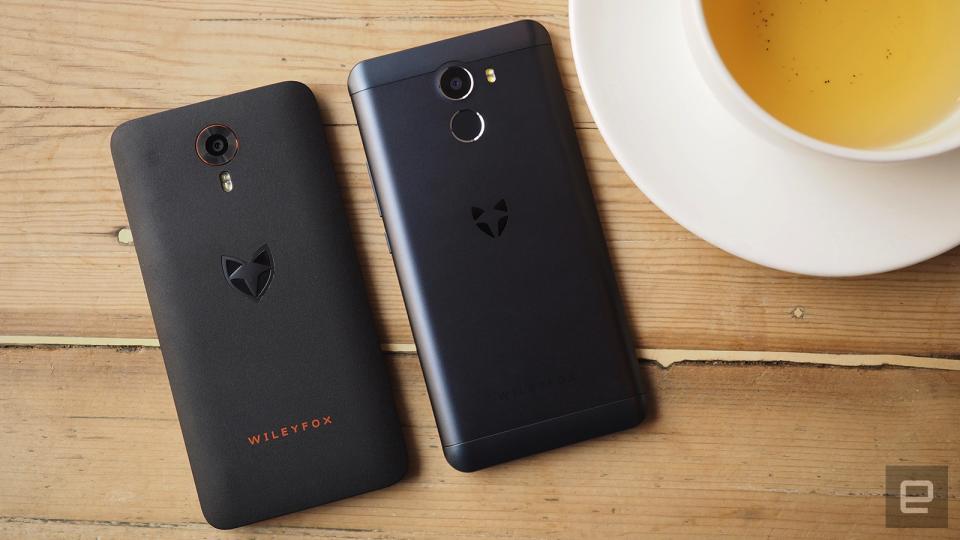
As far as next-generation upgrades go, Wileyfox has done an admiral job of maintaining affordability amid several significant improvements. The use of aluminium, a new fingerprint sensor and the NFC chip are all good decisions on Wileyfox's part, with the company doing more than just beefing up the spec sheet.
There is one downside to these improvements. The first Swift launched at £129, and it's this bargain price that made it stand out from other affordable smartphones at the time. This generation, pricing starts at £159 for the basic Swift 2, and each time you go up a model, you're being asked to pay another £30. I don't think this is unreasonable, as such, and I'd opt for the more expensive Swift 2 Plus if I had to make a choice. But paying another £30 for the 2 X, just to upgrade the display to 1080p? I wouldn't say that's worth it, but if you watch a lot of media or play games often, you might think differently.
As you go up in price, more potential competitors emerge, especially when you break the £200 barrier, as the 2 X does. Features begin to become ubiquitous, and so you've more chance of finding a handset from another manufacturer that might suit you better, for any number of reasons. And that kinda sums up my overall feelings about the new Swift 2 family. They are all good smartphones for their respective price tags, but that's where the first Swift was distinct: It was better than its price tag.














































































































